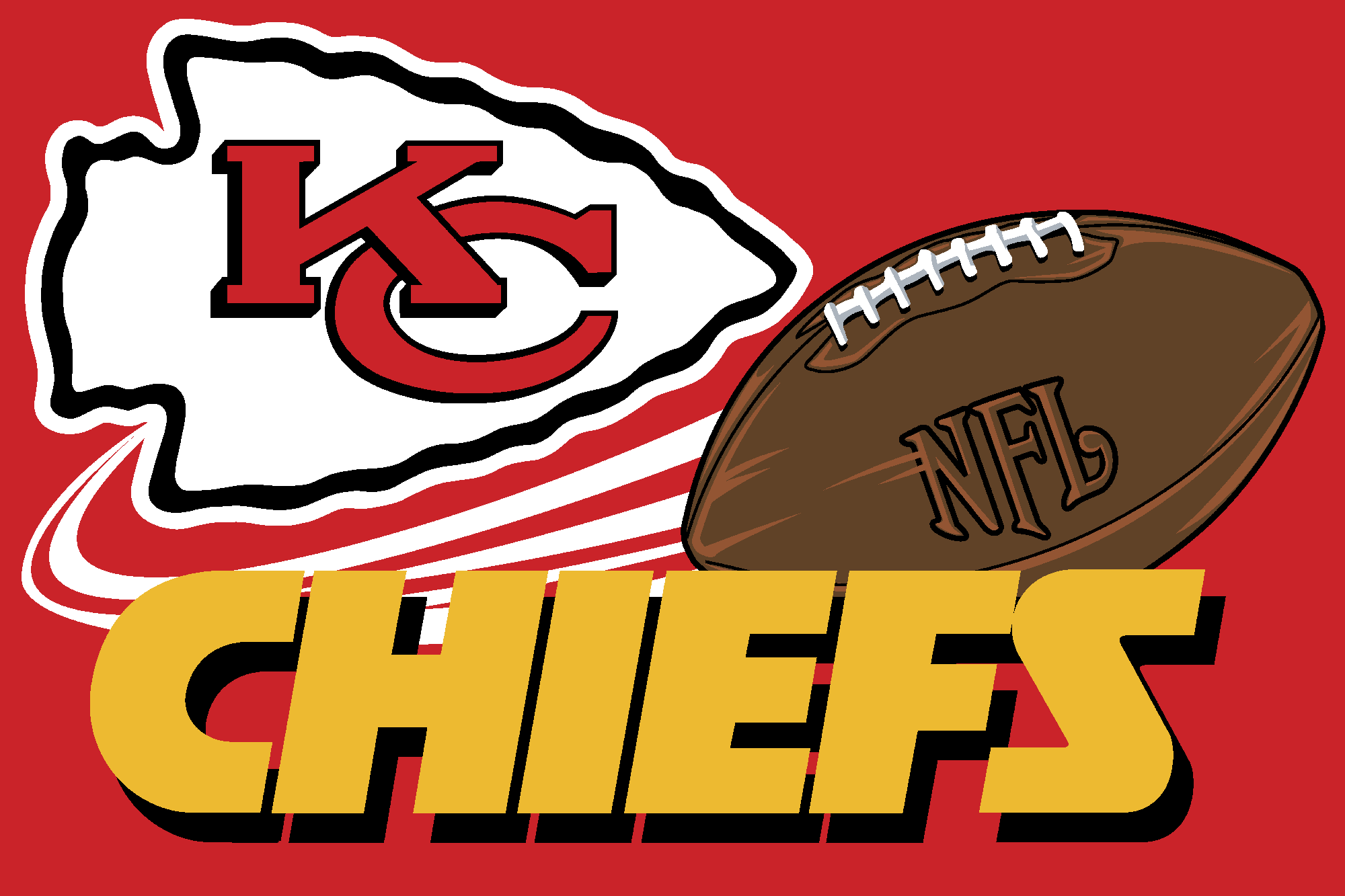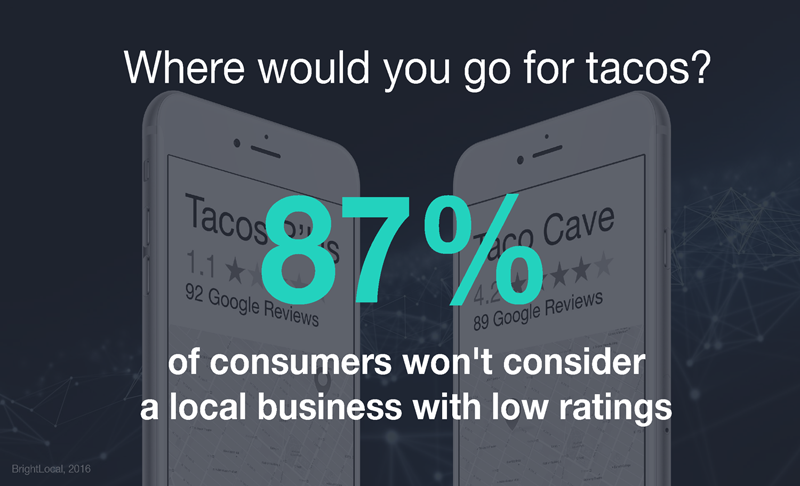As Brands Hunt For The Holy Grail of Marketing, Content Creators Are The New Rock Stars. Time to Join The Party in the Mosh Pit.
They are young, tech-savvy, and ready to eat the world. Gen Z and Gen Y powerhouses are introducing a level of brand integration that goes far beyond a can of Pepsi on the counter.
At the risk of referencing yet another “economy” and confusing everybody with how many economies we now have, reporters and columnists are calling the boom in demand from brands wanting to collaborate with creators–wait for it–“The Creator Economy.”
No tactic is more potent than authentic word-of-mouth recommendations for selling a product or creating buzz around a brand.
The idea isn’t new. Radio discovered the power of on-air personalities endorsing products and services over a century ago. These “live reads” often run during the first position in a commercial break to create a seamless transition from content into a personal marketing message.
The fundamental premise is that fans are fans because they like the personality of the person they’re following. It’s only natural that consumers have an affinity for them and trust their recommendations.
This emotional connection is as close as it gets to relationships with friends, family, and co-workers. Of course, most of the time, you love your kids, pets, and significant others just a little more, but that is the strategic thinking behind this tried and true tactic.
Hundreds of advertisers attribute higher conversions to this consumer perception. They report that consumers are already predisposed to doing business with marketers based on personal recommendations; therefore, they tend to be less likely to shop solely on price.
Fast forward to 2022. Radio influencers continue to show the entertainment industry how to do endorsements that deliver results. Talented entertainers get behind brands to magnify the impact of social media campaigns. No, this isn’t a pitch for radio from a radio vet. It’s a fact.
Only now a new breed of influencers and creators enter the endorsement arena on social channels, with bold new ideas about integrating brands into content and entertainment.
In this endorsement model, brands are not a part of the entertainment. They are the entertainment.
With traditional linear sponsorships, brands slap their logo on a piece of content with no apparent connection to the programming aside from a “clever” one-liner that may fall short of tying it up in a package with a neat bow.
Influencers and creators are coming together to make people smile, laugh, cry and talk about them. Baked into the creator’s tagged feeds, stories, and videos, the brand becomes as culturally relevant as the content.
The trend has not gone unnoticed by Silicon Valley’s elite, deep-pocketed investors. They want to monetize the loyal audiences that creators attract. Top players invest in startup platforms that help creators run their businesses and connect with brands.
According to venture capital firm SignalFire, more than 50 million people worldwide consider themselves creators, despite the creator “economy” only being born a decade ago.
As initially reported in the New York Times, the technology news site The Information estimated that venture capital firms had invested $2 billion into 50 creator-focused start-ups as of July 2021.
But rather than investing in the creators themselves, Silicon Valley is more interested in selling pickaxes to the gold miners. They are gunning for outsized returns from the platforms and digital tools to support the creators.
In betting on both colors on the roulette wheel, the VCs win no matter which individual creators triumph or epically fail in the long haul. They are wildly bullish on the sector because brand integrations get a “hall pass” on the safelist or “whitelist” of approved content. That means they get premium placement and visibility even though they are brands.
Word of mouth “buzz” sparked by high-profile influencers with loyal followings casts a halo around brands, driving results from all the platforms consumers use in their path to purchase. It is human nature to crave inclusion in a conversation generating buzz.
Buzz is essential when launching a new product because it's the most effective way to build anticipation and stoke demand. Let the creators be the early adopters, giving everyone the scoop about the hot new product everyone is talking up.
This tactic drives a “velvet rope” mentality that triggers people’s desire to be part of the inner circle of hipsters who are always on the cutting edge of the game. It makes consumers feel lucky to get in on the ground floor of the next big thing.
Your influencers will offer their fans an opportunity to try out your new product or service before rolling it out to the masses. The same formula applies to bloggers, podcasters, and journalists. Give them a chance to sample and share with their audiences too before the “initial public offering.”
There are a few caveats about your product or service. No creator, influencer, or journalist wants to put their name on a dud. The wrong word of mouth travels ten times faster than the good kind.
Are you pumped to jump into the mosh pit as a creator or a brand? Get ready to be lifted and float above the crowd.
Even if you only have 1,000 followers, you’re on the stage. Keep up the excellent work.
By Andrew Ellenberg





























